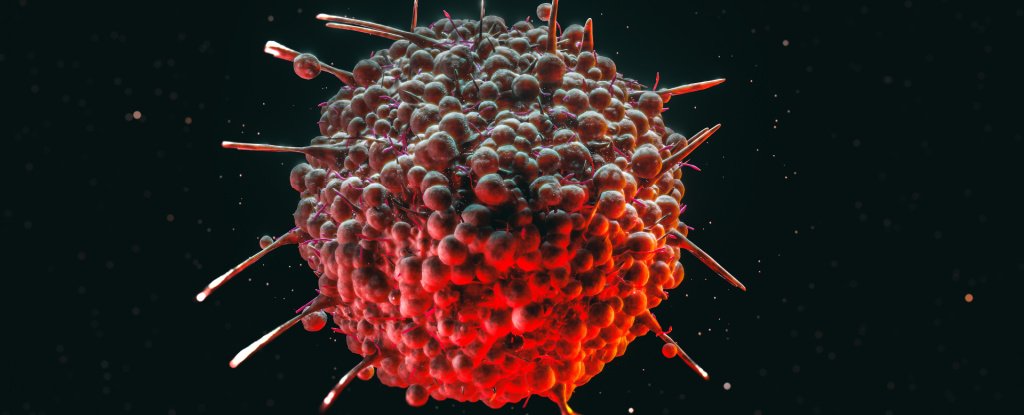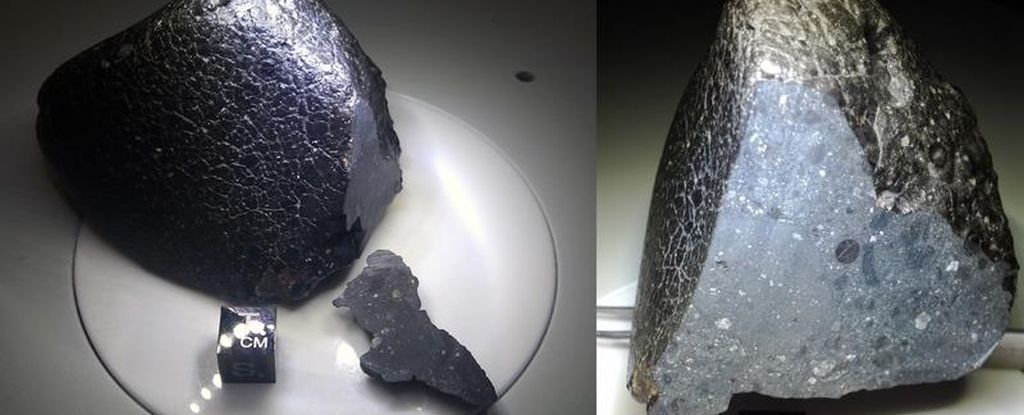ARTICLE AD
Your next bite of dark chocolate could come with an unexpected dose of lead and other toxic metals. A new study has found that nearly half of sampled cocoa products contain amounts of lead above recommended safe levels, while a third contain too much cadmium. The findings suggest that people should moderate their consumption of these products, the researchers say.
Lead exposure in the U.S. has greatly decreased over the years, thanks largely to the elimination of lead-infused gasoline and paint. But even today, there are pockets of noticeable lead exposure scattered throughout the country, as well as certain products known to have a higher risk of contamination from lead and other toxic metals—including cocoa. So researchers at George Washington University wanted to better understand the scale of cocoa contamination in the United States.
The researchers collected and analyzed 72 different dark chocolate cocoa products over a span of eight years. They tested for three specific toxic metals: lead, cadmium, and arsenic. For their safety threshold, they used levels established by Proposition 65, a 1986 law passed in California that regulates exposure to over 900 substances within the state.
None of the products tested above the safe level for arsenic. But 35% of them contained cadmium levels that were too high and 42% had excessive levels of lead. Interestingly, organic cocoa products had a higher risk of being contaminated with either metal than non-organic products.
The team’s findings, published Tuesday in the journal Frontiers in Nutrition, may not be dire as they look at first glance. The safety thresholds for lead and other substances established by Prop 65 tend to be much stricter than those used by other organizations, including the Food and Drug Administration. The researchers note that about only 3% of the products tested above the FDA’s criteria for lead exposure. The median amount of these metals was also very low across the products overall, likely meaning that only a small proportion of cocoa products contain very high levels of lead or cadmium.
All in all, the researchers wrote, it’s certainly possible that “heavy metal contamination may not pose any appreciable risk for the average person when consumed as a single serving.” That said, there isn’t a truly safe level of lead exposure, particularly for people most vulnerable to it, such as young children. And eating a lot of these products regularly could potentially expose people to dangerous amounts of lead, the scientists say.
“We all love chocolate but it’s important to indulge with moderation, as with other foods that contain heavy metals, including large fish like tuna and unwashed brown rice,” said study researcher Leigh Frame, director of integrative medicine and associate professor of clinical research and leadership at the GW School of Medicine and Health Sciences, in a statement from the university. “While it’s not practical to avoid heavy metals in your food entirely, you must be cautious of what you are eating and how much.”
The team’s findings are the latest to illustrate that lead in our food unfortunately isn’t a completely eradicated problem. Just this week, the FDA warned the public to stay away from several more ground cinnamon products contaminated with the metal—the third such alert released this year.

 3 months ago
26
3 months ago
26 

